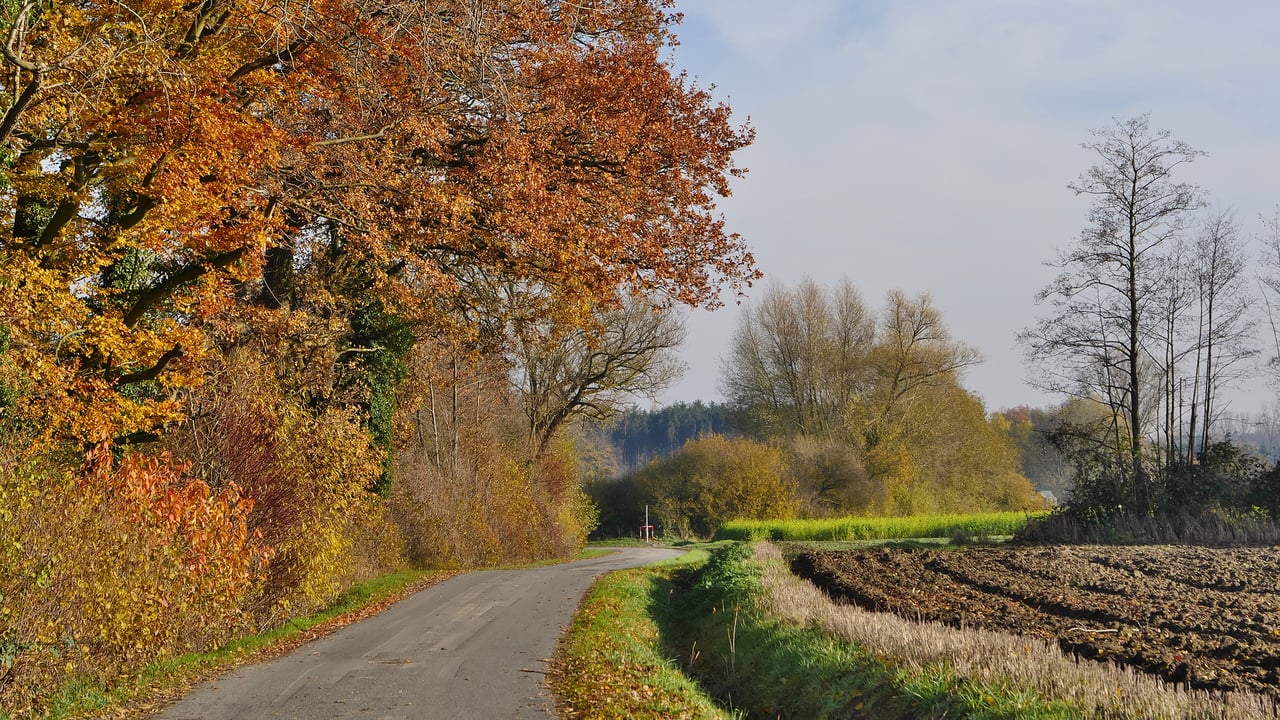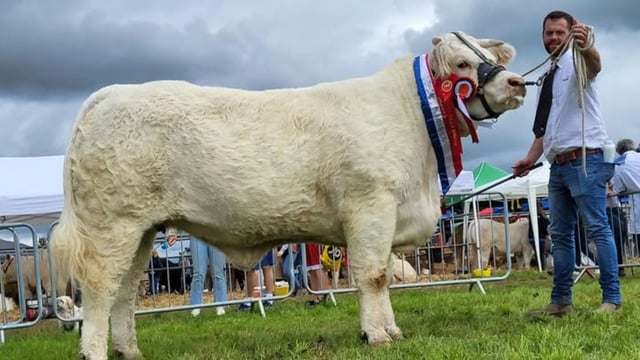How can farmers make money from carbon farming?
A number of climate and financing options exist to support farmers and land managers as they adopt to carbon farming, according to Teagasc.
The European Commission defines this form of farming as a "removal activity that leads to greater storage of carbon in living biomass, dead organic matter and soils".
Researcher at Teagasc Johnstown Castle, Dr. Donal O’Brien has outlined some of the ways farmers can receive these benefits.
They include:
- Public funding provided through the Common Agricultural Policy (CAP), European Innovation fund, and state schemes;
- Private funding is provided through cooperatives that pay bonuses to members in exchange for implementing specified climate actions;
- Voluntary carbon markets exist globally, such as Carbon Offsetting and Reduction Scheme for International Aviation (CORSIA). They also exist domestically, such as MoorFutures;
- Carbon labels - Label Bas Carbone.
Dr. O'Brien said farmers can prepare for carbon farming in multiple different ways, including:
- Knowing the greenhouse gas (GHG) sources and sinks on the farm. Sources release more GHG than they absorb, whereas sinks absorb more GHG than they emit;
- Reviewing Teagasc sustainability reports and Bord Bia feedback reports;
- Identifying climate actions and setting targets;
- Developing a farm sustainability plan.
According to Teagasc, private companies or public authorities develop schemes with a group of farmers and land managers that go "above and beyond what is ordinarily required for tackling climate change".
Advisors or planners help participants to create the carbon plan. The initiative normally runs for at least five years.
A land manager may choose to increase removals by planting hedgerows and trees, restoring forests and wetlands, incorporating straw into soils, cover cropping and conversion of cropland to permanent pasture.
They may also decide to decrease GHG emissions by adopting proven low emission technologies such as protected urea and by improving technical efficiency through better nutrition and genetics, according to Teagasc.
Scheme developers and advisors support participants to put their selected practices into place and monitor the actions on a yearly basis.
Mid-term assessments are carried out to evaluate progress in implementing the carbon action plan.
Teagasc said that at the end of the initiative, final stocks and GHG emissions are determined for participants and compared against baseline values.
The total amount of carbon saved by an initiative is quantified and certified by an independent auditing body.





